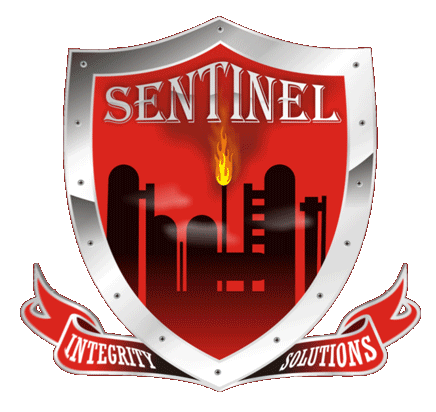Performing Cursory External Vessel Inspections during Turnaround
- Chuck Provost
- Mar 10, 2016
- 2 min read
This article was originally posted on Thursday March 10, 2016
It may be surprising to some, but external inspections are typically not a mandated requirement for a turnaround inspector. This is due to several factors. A facility may have an RBI based interval, or even a calendar based interval that reaches its inspection due date during the typical unit run. The gap that we are faced with is a pressure vessel that may have not been externally inspected in one to four plus years, and may not require inspection for one to four plus years after the turnaround. A lot can happen in even a short window.

This is where we realize the importance of the “cursory external inspection” during a
shutdown/turnaround event. These external inspections would preferably be performed in the early turnaround stages, prior to equipment isolation. This external inspection does not have to be used to credit a facility’s existing corrosion monitoring program, and if the inspection is performed and there are no significant findings, I consider that a win. The other side of the coin would be discovering an active flange leak on a nozzle during the inspection. The ability to provide the turnaround team with a comprehensive recommendation to address the flange leak prior to the blinding process should be considered a real win.
Another good example would be performing a thorough evaluation of the lifting lug interfaces on a vertical vessel. These areas are often overlooked, and can hide severe crevice corrosion. If, during the external inspection, signs of crevice corrosion are identified, then the planning stage can begin to perform an ultrasonic evaluation of the area during the internal inspection. I recently worked a turnaround where the crevice corrosion found my client during the unit run, requiring secondary containment to be installed until turnaround.
So we ask ourselves: how important are these cursory external inspections anyway? In the examples provided, what if the flange leak was never noticed, or the crevice corrosion at the lifting lug never detected and evaluated? Would the owner user have experienced a loss of primary containment, or unit shutdown to make repairs?
The examples that I provided are only two of the many deficiencies that could be overlooked if we fail to perform external inspections during turnaround, whether they are due for external inspection or not.
My recommendations:
Sentinel full time & contract inspectors, you will continue to perform the cursory external inspection as required in our turnaround procedure, and we greatly appreciate it!
Inspectors that are contract, working for various inspection companies, or owner users, consider adding this requirement even if it’s only on a personal level. Personal integrity is a big part of what we do, and I assure you it will not go unnoticed!





Comments